Keywords: oil famous ship painting
Oil famous ship paintings are a captivating intersection of art and history, encapsulating the majesty of maritime life through brush strokes and vibrant pigments. From the grandeur of sailboats to the intensity of naval battles, these artworks convey emotions and stories that transport viewers across time and seas. The world of nautical art is vast, showcasing numerous renowned pieces that reflect the beauty, power, and mystery of the oceans.
Iconic Ship Paintings That Transcend Time
-
The Storm on the Sea of Galilee – Rembrandt (1633)
Perhaps the most famous nautical painting ever created, Rembrandt’s The Storm on the Sea of Galilee depicts Jesus calming a tempestuous sea while aboard a fishing boat. This masterpiece exemplifies the artist’s dramatic use of light and shadow, as well as his profound understanding of human emotion. Ironically, this painting has been missing since its theft from the Isabella Stewart Gardner Museum in 1990, which only adds to its lore.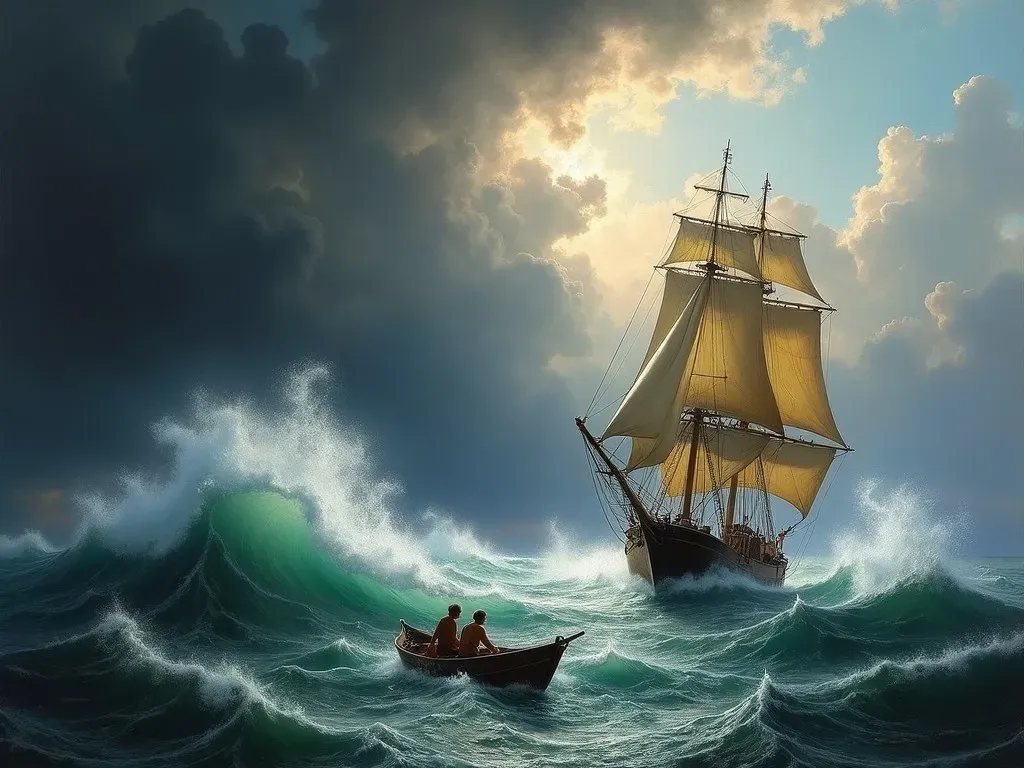
-
The Fighting Temeraire – J.M.W. Turner (1839)
J.M.W. Turner’s The Fighting Temeraire poignantly captures the last voyage of the ship HMS Temeraire, one of the most celebrated vessels of the British navy during the Napoleonic Wars. The painting symbolizes the end of an era, with the old ship being towed to its final resting place, representing the transition from sail to steam.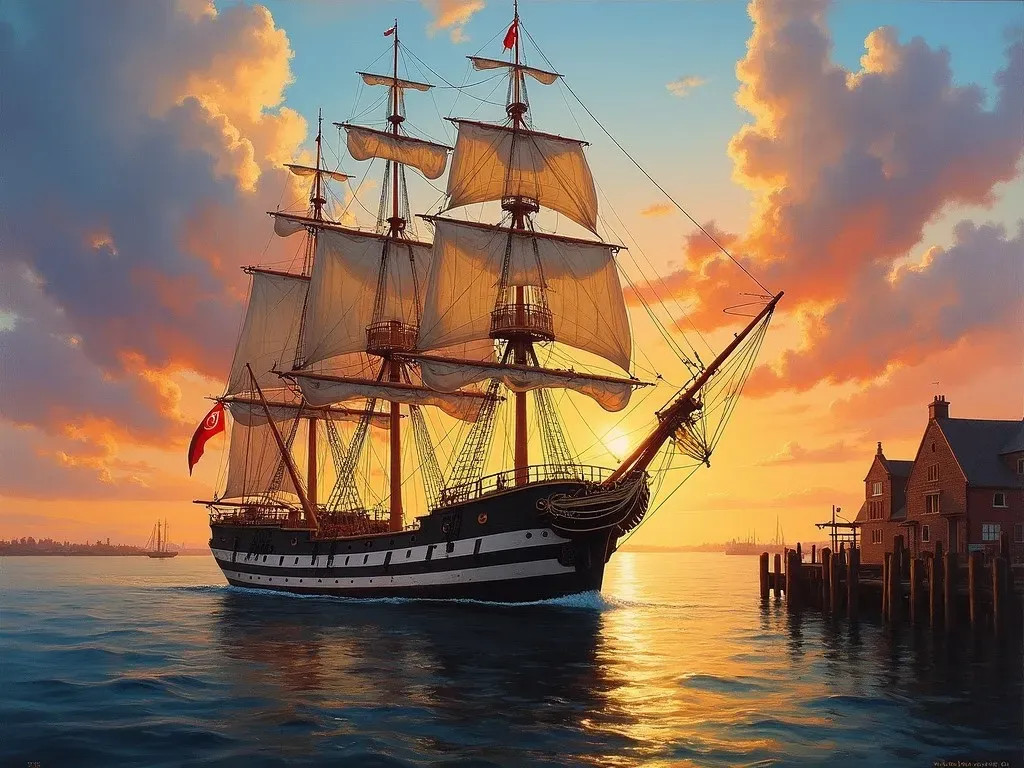
-
Christ in the Storm on the Sea of Galilee – Claude Lorrain (1628)
Not to be confused with Rembrandt’s piece, Claude Lorrain’s painting also focuses on a storm at sea, showcasing the fragility of human life against nature’s indomitable force. Lorrain’s use of color and form highlights the tumultuous waves crashing around the boat, creating a sense of foreboding and drama.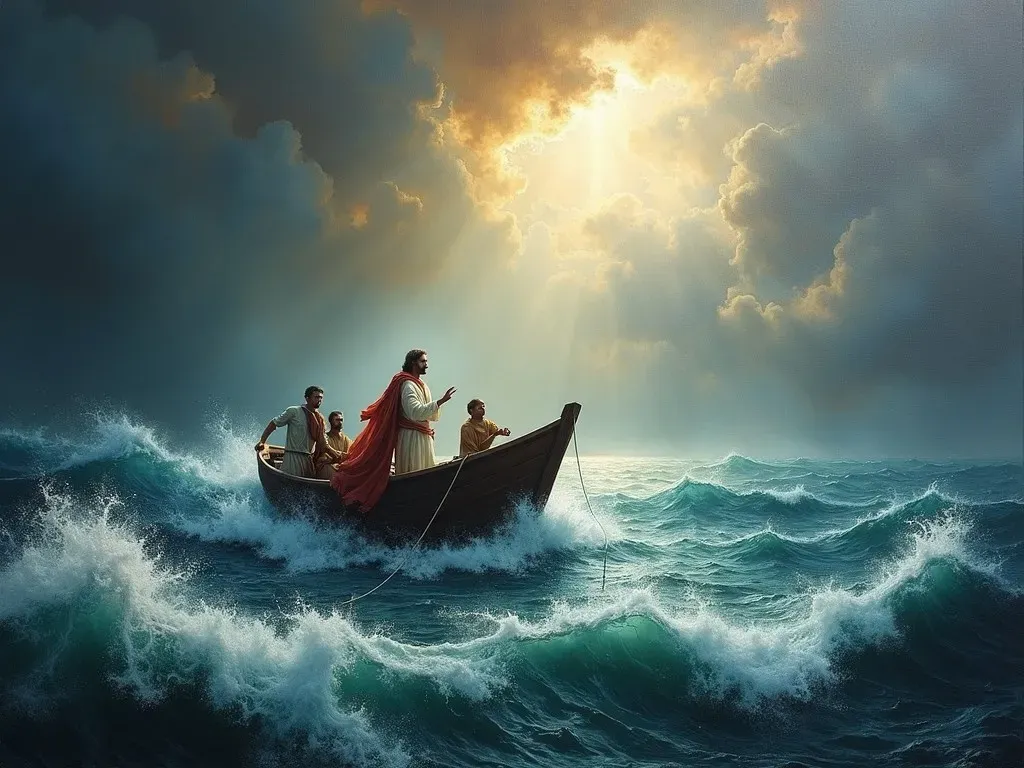
Table of Notable Ship Paintings and Their Artists
| Painting Title | Artist | Year | Description |
|---|---|---|---|
| The Storm on the Sea of Galilee | Rembrandt | 1633 | A missing masterpiece capturing a storm at sea with Christ calming the waters. |
| The Fighting Temeraire | J.M.W. Turner | 1839 | Depicts the last voyage of a celebrated British warship. |
| The Home Fleet Saluting the State Barge | Jan van de Cappelle | 1650 | Celebrates naval power through a ceremonial view of the fleet. |
| A Man-O-War Driven Onto a Reef | Louis-Philippe Crepin | 1805 | Illustrates a dramatic naval battle, depicting chaos and struggle. |
| Nelson’s Inshore Blockading Squadron at Cadiz | Thomas Buttersworth | 1797 | Captures the tension of naval blockading during wartime. |
Famous Artists and Their Nautical Masterpieces
The world of ship paintings features many artists whose works have defined maritime art across various styles and eras.
-
J.M.W. Turner
Renowned for his romanticized yet realistic depictions of ships battling nature, Turner’s seascapes are masterpieces of light and movement. -
Winslow Homer
An American painter famous for his representations of the sea, Homer often featured ships in his works, showcasing both their beauty and the harshness of ocean life. -
John Singer Sargent
While known for portraits, his A Boat in the Waters off Capri also offers a serene glimpse into maritime life, exemplifying his mastery in capturing reflections and movements.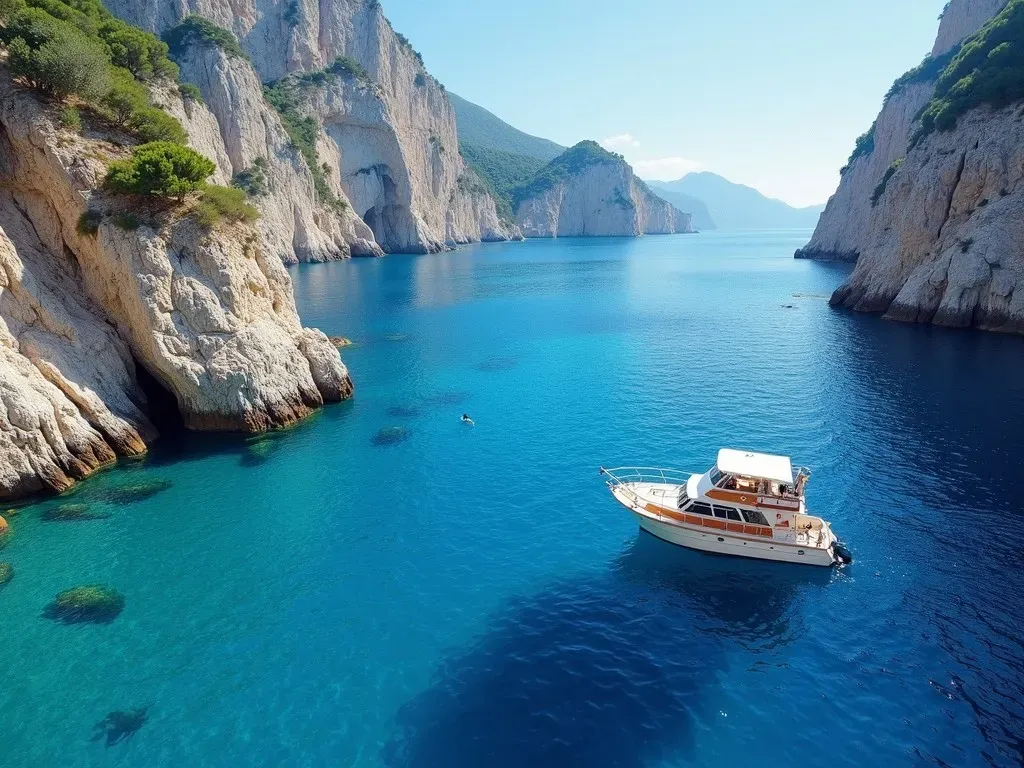
The Evolution of Ship Painting
The tradition of maritime painting dates back centuries, evolving with the technology of seafaring vessels and shifts in societal interests. The golden age of sailing ships sparked a great deal of artistic exploration, often coinciding with naval battles and explorations.
-
Age of Exploration (15th-17th Century):
Artists produced works that celebrated renowned explorers and their monumental voyages. Paintings depicted grand ships navigating uncharted waters, often filled with elements of fantasy and adventure. -
18th Century Naval Warfare:
The rise of naval powers led to an increase in artworks reflecting military prowess. Artists like Thomas Buttersworth painted naval engagements, highlighting the drama and valor of soldiers and sailors. -
Industrial Revolution and Beyond:
The transition from sail to steam power saw artists continue chronicling naval history. Turner’s works symbolize the end of traditional seafaring lifestyles, while contemporary artists push the limits of marine-themed art.
Famous Nautical Artists and Their Signature Styles
-
J.M.W. Turner: Turner’s impressionistic Techniques often give his maritime works a ghost-like quality, blending realism with abstraction.
-
Winslow Homer: His iconic summer scenes in Maine capture everyday life on the water, from fishermen to luxurious yachts.
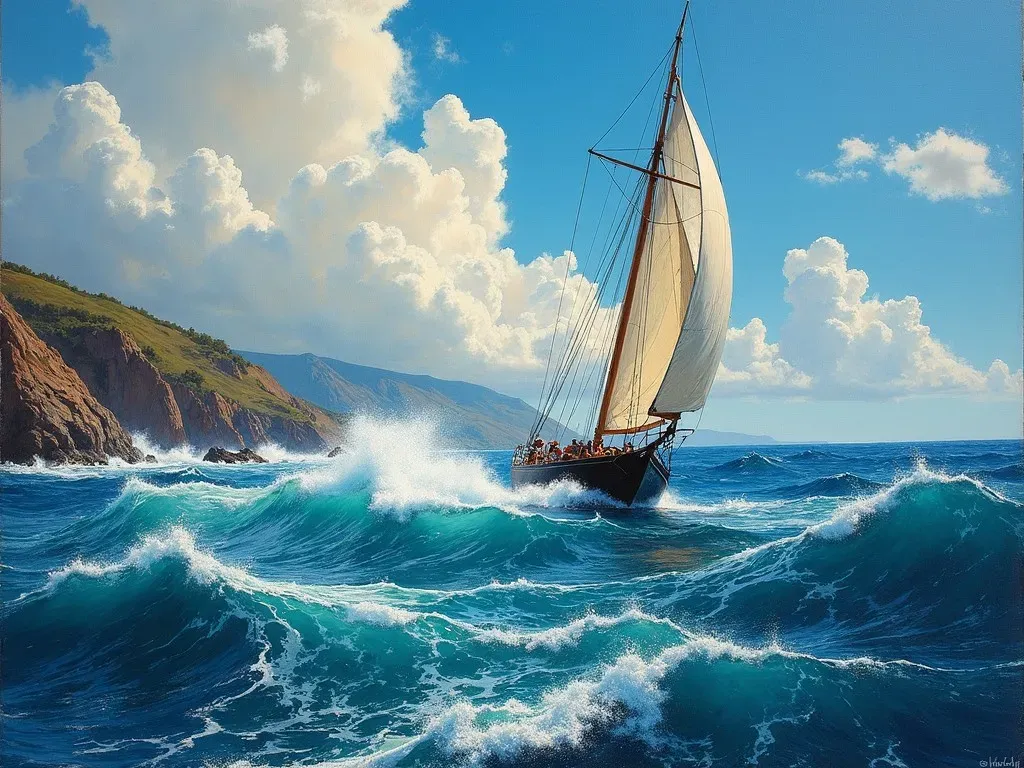
-
John Constable: Known for his landscapes, Constable also created serene works featuring boats and rivers that emphasize harmony with nature.
FAQ
What is the significance of ship paintings in art history?
Ship paintings hold significant cultural and historical value, showcasing the powerful relationship between humans and the sea throughout different eras. They serve as historical documents that capture moments of exploration, battle, and life at sea.
Who are the most famous nautical artists?
Prominent nautical artists include J.M.W. Turner, Winslow Homer, John Singer Sargent, and John Constable, each bringing their unique interpretation to maritime themes.
What techniques are commonly used in ship paintings?
Artists often employ techniques such as glazing, brushwork variation, and atmospheric perspective to create depth, light, and movement in their works.
Where can I find more information about famous ship paintings?
For an extensive exploration of famous ship paintings, consider visiting Art in Context.
What themes are prevalent in oil paintings of ships?
Common themes include the beauty of maritime life, the struggle against nature, the glory of naval power, and the impact of technology on traditional sailing practices.
By immersing oneself in the world of oil famous ship paintings, one gains not just an appreciation for art but also a deeper understanding of the maritime history that has shaped our social and cultural landscapes.
